Santa Fe New Mexican Investigation of LANL’s Waste Exploding at WIPP
CCNS NEWS UPDATE
Runs 11/21/14 through 11/28/14
(THEME UP AND UNDER) This is the CCNS News Update, an overview of the latest nuclear safety issues, brought to you every week by Concerned Citizens for Nuclear Safety. Here is this week’s top headline:
* Santa Fe New Mexican Investigation of LANL’s Waste Exploding at WIPP
The Santa Fe New Mexican newspaper disclosed new evidence of Los Alamos National Laboratory (LANL) misconduct in its characterization of the nuclear waste that exploded in February at the Waste Isolation Pilot Plant (WIPP). http://www.santafenewmexican.com/news/local_news/missteps-and-secrets-lab-officials-downplayed-waste-s-dangers-even/image_fb032fd9-bedc-5f75-b1a3-d84ee52d7f9c.html After reviewing more than 2,800 pages of documents and emails released under the Freedom of Information Act, reporter Patrick Malone revealed that Los Alamos National Security, LLC, a privately held consortium that manages LANL, was in a hurry to complete removal of the nuclear waste for disposal at WIPP by June 30, 2014. As a result, shortcuts were taken in the required waste characterization, which led to an explosion in the WIPP underground and exposed at least 22 workers to harmful radiation.
In the lengthy story, Malone explains how, following the 2011 Las Conchas fire that came within miles of the waste stored in fabric tents, the New Mexico Environment Department made an unenforceable agreement with the Department of Energy (DOE) and LANL to remove 3,706 cubic meters of waste and ship it to WIPP by the June 2014 deadline. The work then became a performance requirement under the contract, which could result in additional profits and a one-year contract extension.
Following the February 14, 2014 release from WIPP, which was later explained to be from a LANL waste container, in May, a LANL scientist determined that the drum might contain the compounds of a plastic explosive. Temperatures in the area may have reached 450 degrees Fahrenheit.
At the same time, another LANL scientist, Christopher J. Chancellor, researched whether there were other containers impacted by the high temperatures. For the LANL containers, he found that one group had the necessary ingredients for a chemical reaction, which included nitrate salts that provided oxygen, and organic kitty litter used to absorb liquids, as the fuel.
Chancellor wrote that the high temperatures “may have dried out some of the unreacted oxidizer-organic mixtures increasing their potential for spontaneous reaction. This dehydration of the fuel-oxidizer mixtures caused by the heating of the drums is recognized as a condition known to increase the potential for reaction.” Further, he wrote, “Reactions may have occurred within some of these drums at levels insufficient to lead to detectable visible evidence.”
Joni Arends, of CCNS, questioned why DOE is sending workers into the WIPP underground before they know the cause of the release and when they know that there is potential for more reactions. She said, “Worker safety must be the priority. WIPP has not learned from LANL. Thanks to the investigative work of the Santa Fe New Mexican, the public can learn first hand about how profits drive the limited liability corporations that operate LANL and WIPP.”
This has been the CCNS News Update. To learn more, please visit our website at nuclearactive.org.
Tags: 3706 m3, Christopher J. Chancellor, kitty litter, LANL, LANS LLC, nitrate salts, Patrick Malone, Santa Fe New Mexican, spontaneous reaction, WIPP, worker safety



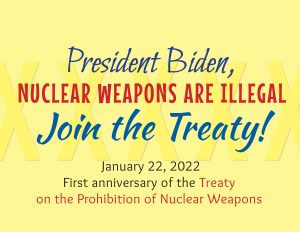
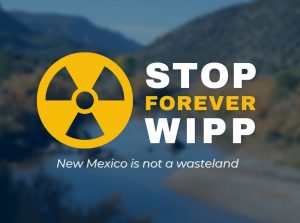






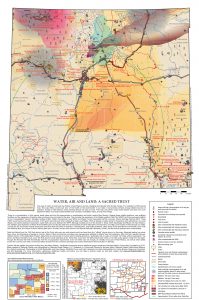
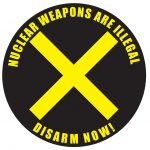
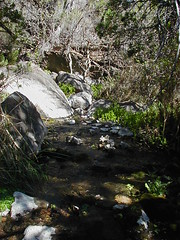

Comments
No comments so far.